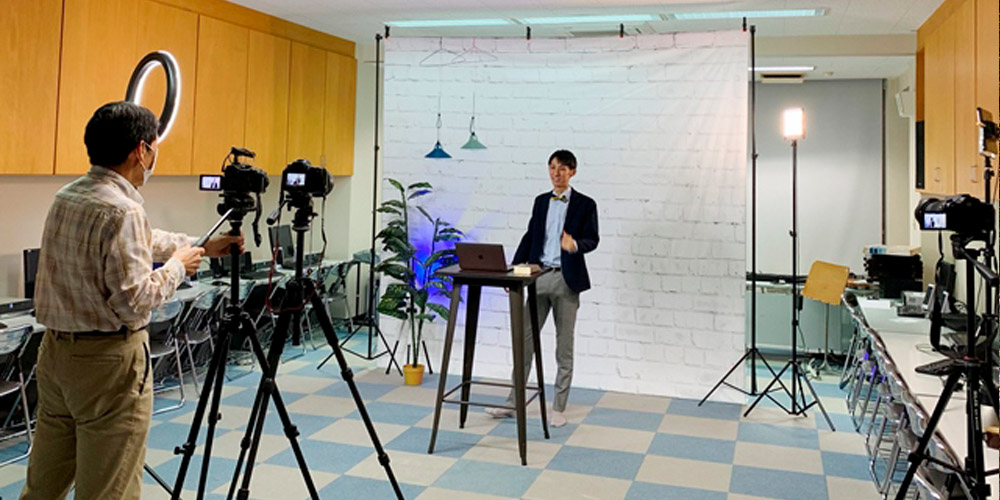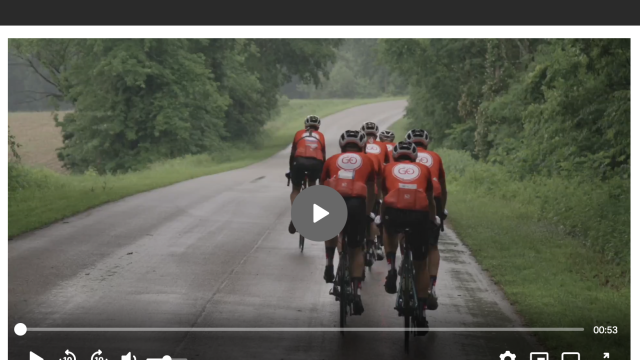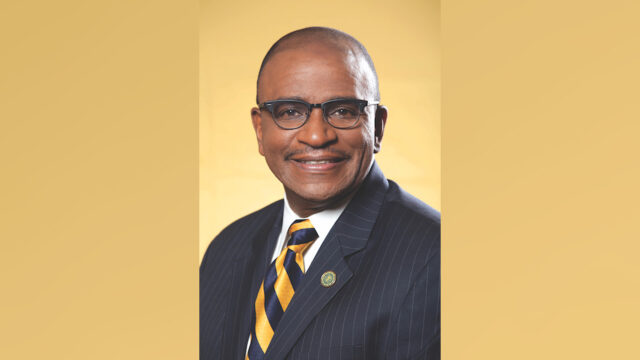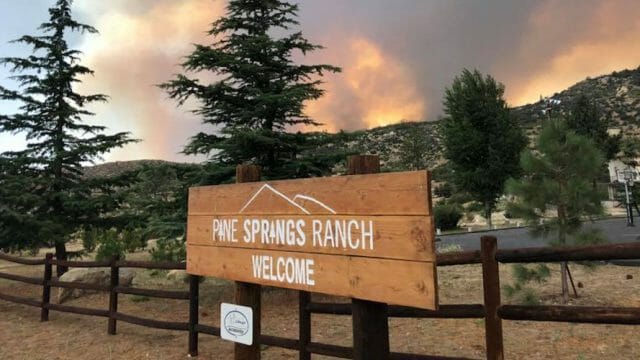Kagoshima Seventh-day Adventist Church shares what they tried and how it worked.

Traditional evangelistic meetings have a common presupposition that all participants are in the same space. Although we do not always recognize that, the length and flowchart of a program are prepared on that presupposition.
The characteristics of online evangelistic meetings are based on a different presupposition from that of traditional evangelistic meetings. Despite that, many churches forget that the presupposition should be different. In this way, they use the same methodology as that of the traditional one. However, we’ve often seen that the methodology does not work on online platforms such as YouTube.
If an online meeting is prepared for church members, there may be no problem. However, if the online meeting is for evangelism, we need to ask God for new wisdom.
Online evangelistic meetings are not a substitute for traditional meetings. They are not just a delivery of traditional meetings through YouTube. They need a different methodology with different presuppositions.
The Kagoshima Seventh-day Adventist Church challenged the traditional characteristics when it conducted online meetings in October 2020. It was an attempt to redesign online evangelism.
Members who led out shared and discussed ideas since no one person had the right solution. Then they undertook the task considering the following four points, including devising a plan for 20 consecutive times and shortening the length of the program (30 minutes that includes a sermon, special music, and an invitation to the Bible correspondence course). They also set out on improving the quality of frames by shooting multi-angle in a home-like setting and setting up the church’s YouTube channel.
By working cooperatively with many people, the first online evangelistic meetings in the Kagoshima church ended with many blessings. At the same time, there were many areas to change. Let me report about some of them.
Number of Views and Demographics
The accumulated number of views was 24,000 (1,200 views per sermon). It does not necessarily mean that 1,200 people participated in each meeting. Other aspects must be taken into account.
There were 11,000 unique viewers (550 people per sermon). A “unique viewer” means a user who watched the content. By comparing it with the number of views, we can know that the same user watched the content more than once.
New viewers amounted to 9,500 people (475 people per sermon). “New viewer” means users who visited the Kagoshima church YouTube channel for the first time during the meetings. This number was the highest in the history of the Kagoshima church! This is because church members put a strong effort into promoting the church’s YouTube channel. But I believe there is a need to make the length and atmosphere of the content more appealing. We need a good team that can honestly review content and redesign the meetings.
One of the points that we should note is viewer demographics.
The number of users who watched the entire content was small. It is valid to investigate user retention rates to know users’ responses to the content and its timing.
The most valuable method to increase user retention rate is to watch the content with others. The church has learned that it is important not only to say “Please watch!” but also to say, “Let’s watch!”
We recognized that more than half of the viewers stopped watching our channel in 10 to 30 seconds. Users who continued watching for one minute tended to stay on our channel; yet, at the point when special music started, the stopping rate increased. Although special music has been considered indispensable in traditional evangelistic meetings, in our online meetings, the effect was the opposite.
YouTube users tend to consider that content with a 15-minute length video is long. Although I do not oppose a long program, there seems to be value if we try a shorter version. We need ways to set our meetings to the YouTube system, not to set YouTube to the traditional model.
People’s Response
Eight people made a decision for baptism. These people are seekers whom church members have already contacted. Although our online meetings might be a cue of decision, the meetings were not the final decision. About half of these people live far away from our church.
Twelve people applied to receive a Bible correspondence course. More than half of these people are those whom church members took the opportunity afforded by these meetings to invite for the Bible correspondence course. Content on the internet did not work as a substitute for human interaction.
Every method of evangelism needs associates. The first step of evangelism is to continue building a team in which members pray together and gather wisdom. Online evangelistic meetings also have this presupposition. Because in online meetings, each member works separately, I am convinced that the mutual support of associates is absolutely necessary. We should achieve our best as a team and ask for a faith that trusts in the Holy Spirit.
The effort for the online evangelistic meetings in Kagoshima church has only just begun. Thinking of the salvation of 1.6 million people in Kagoshima prefecture, I can never say that we have been entirely successful. Yet, I am feeling great pleasure because God led the first significant step. We trust the work that our Lord will accomplish through our church. Maranatha!
The original version of this story was posted on the Northern Asia-Pacific Division news site.








